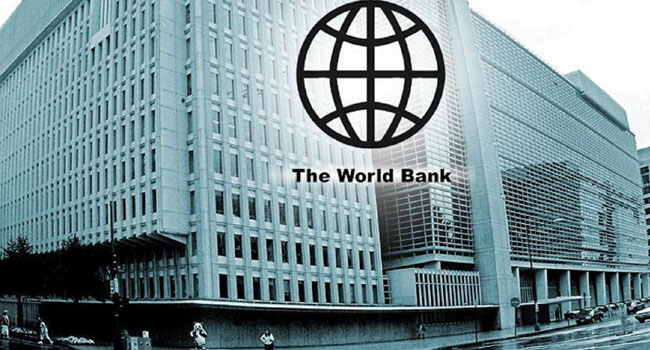The World Bank Group has created a framework of 22 indicators to monitor the outcomes of its development activities, which represents a big step forward in improving openness and accountability.
According to Reuters News, Anna Bjerde, the World Bank’s Managing Director of Operations, said the scorecard will allow shareholders and beneficiaries to better observe, assess, and monitor the impact of the bank’s financial support and assistance.
“A vision and mission are really great, but unless you can translate it into actions and measure it, then it’s quite aspirational, and we also want it to be operational,” Bjerde told Reuters.
The U.S. and other major shareholders have pushed the World Bank to improve how it helps countries address issues such as climate change and pandemic preparedness.
It has already added the phrase “livable planet” to its mission statement and reduced the number of projects to focus on more programmatic and transformational projects.
Global indicators
The scorecard includes 22 global indicators down from 150 on a previous instrument for poverty, prosperity and a livable planet, as well as themes such as gender equality, inclusion of youth, and how people live in fragile, conflict-affected areas.
The bank wants to give a closer look at development outcomes by adopting a more “people-centric” approach, Bjerde said.
For the first time, the work of all World Bank institutions, including the International Finance Corp and the International Bank for Reconstruction and Development, will be tracked through the same set of indicators.
“It’s a real game changer, providing a new guidepost that our teams can rally around, and provides full visibility on how well we are tackling the most difficult challenges like poverty, climate change, fragility and food insecurity,” Bjerde said.
The bank sees the scorecard as part of its push to focus on outcomes, not inputs, for instance, by measuring the number of people that actually use financial services, not just how many have access.
Methodologies to calculate scores
The bank is still working out the detailed methodologies to calculate the scores in each of the 22 indicators, she said, with half to be released in June and the rest in October.
“The first batch will include data on how many people have access to electricity worldwide, and social safety net programs.
The data will include transparent data broken down by gender, regions, age and whether people are in fragile and conflicted-affected countries.
Drilling in like that will allow the bank, its shareholders and clients to “see how we’re doing but also where we need to double down,” she said.


